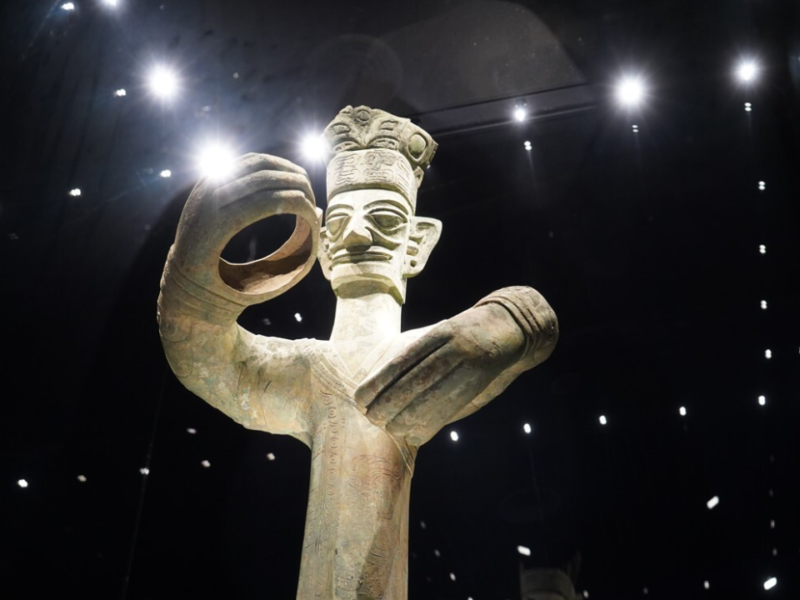1. The Rosetta Stone: Unlocking The Secrets Of Ancient Egypt
One of the most iconic archaeological discoveries that continues to captivate the world is the Rosetta Stone. Unveiled in 1799 during the French occupation of Egypt, this ancient artifact served as the key to unlocking the mysteries of the fascinating civilization of Ancient Egypt.
The Rosetta Stone is a large, inscribed slab of black basalt that contains a decree issued by King Ptolemy V in 196 B.C. What makes it truly remarkable is that the decree is written in three different scripts: hieroglyphics, demotic script, and ancient Greek. This provided scholars with a crucial breakthrough in deciphering the hieroglyphic script, which had remained an enigma for centuries.
Thanks to the Rosetta Stone, the brilliance and complexity of Ancient Egyptian hieroglyphics were finally brought to light. The stone’s inscription allowed scholars such as Jean-François Champollion to make significant progress in translating and understanding the ancient Egyptian language and culture.
The importance of the Rosetta Stone cannot be overstated. It acted as a bridge between ancient and modern civilizations, shedding light on the rich history, religious beliefs, and political structures of the Ancient Egyptians. It opened up a world of knowledge, allowing us to delve into the minds and lives of those who lived thousands of years ago.
Today, the Rosetta Stone is housed in the British Museum in London, where it continues to astound visitors from around the globe. Its significance as a symbol of decipherment and understanding of ancient civilizations cannot be denied. The Rosetta Stone stands as a testament to the power of archaeological discoveries in unraveling the mysteries of our past and igniting our curiosity about the wonders of ancient civilizations.
